Intro
Learn about Yeast Infection Vaginal symptoms, causes, and treatments, including candidiasis, vaginal discharge, and natural remedies to alleviate itching and burning sensations, promoting womens health and vaginal wellness.
Vaginal yeast infections are a common health issue that affects millions of women worldwide. They are caused by an overgrowth of yeast, typically Candida albicans, in the vagina. This type of infection can cause a range of symptoms, from mild discomfort to severe pain and discharge. Understanding the causes, symptoms, and treatment options for vaginal yeast infections is essential for women to take control of their health and well-being.
The vagina is a complex ecosystem that is home to a variety of microorganisms, including bacteria and yeast. In a healthy vagina, the balance of these microorganisms is maintained, and the yeast population is kept under control. However, when this balance is disrupted, the yeast can overgrow, leading to a vaginal yeast infection. There are several factors that can contribute to the development of a vaginal yeast infection, including antibiotics, hormonal changes, and poor hygiene.
Vaginal yeast infections can be embarrassing and uncomfortable, but they are relatively easy to treat. Over-the-counter antifungal medications, such as clotrimazole and miconazole, are available to treat mild to moderate infections. For more severe infections, prescription medications may be necessary. In addition to medical treatment, there are several lifestyle changes that women can make to help prevent vaginal yeast infections, such as practicing good hygiene, wearing breathable clothing, and avoiding scented soaps and douches.
Vaginal Yeast Infection Causes
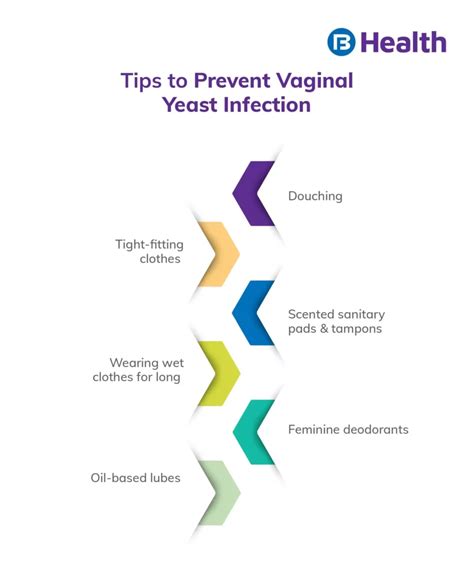
Vaginal yeast infections are caused by an overgrowth of yeast in the vagina. This can occur when the balance of microorganisms in the vagina is disrupted, allowing the yeast to multiply and cause an infection. There are several factors that can contribute to the development of a vaginal yeast infection, including:
- Antibiotics: Antibiotics can disrupt the balance of microorganisms in the vagina, allowing yeast to overgrow.
- Hormonal changes: Changes in hormone levels, such as those that occur during pregnancy or menopause, can affect the balance of microorganisms in the vagina.
- Poor hygiene: Not practicing good hygiene, such as wiping from front to back and avoiding scented soaps and douches, can increase the risk of developing a vaginal yeast infection.
- Weakened immune system: A weakened immune system can make it more difficult for the body to fight off infections, including vaginal yeast infections.
- Diabetes: Women with diabetes are more likely to develop vaginal yeast infections, as high blood sugar levels can promote the growth of yeast.
Vaginal Yeast Infection Symptoms
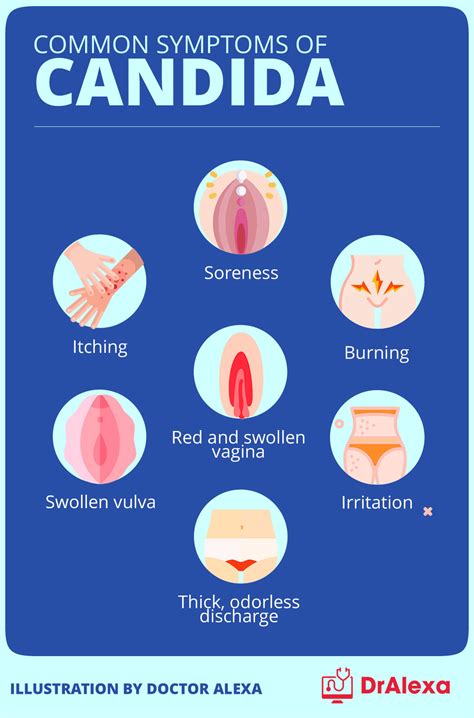
The symptoms of a vaginal yeast infection can vary from woman to woman, but common symptoms include:
- Itching and burning in the vagina and vulva
- Redness and swelling of the vagina and vulva
- Thick, white, cottage cheese-like discharge
- Painful urination
- Painful sex
If left untreated, vaginal yeast infections can lead to more severe symptoms, such as:
- Increased discharge and odor
- Increased itching and burning
- Redness and swelling of the vagina and vulva
- Painful urination and sex
Vaginal Yeast Infection Treatment
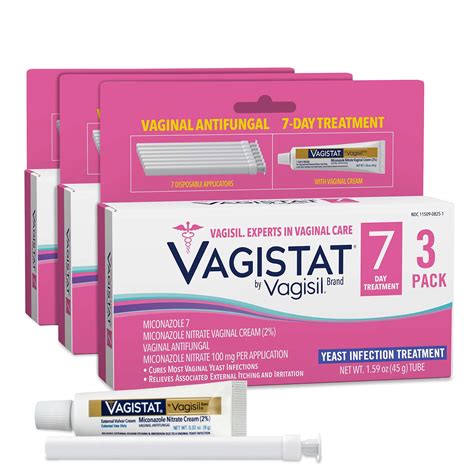
Vaginal yeast infections can be treated with over-the-counter antifungal medications, such as clotrimazole and miconazole. These medications are available in cream, tablet, and suppository form, and are typically used for 3-7 days. For more severe infections, prescription medications may be necessary.
In addition to medical treatment, there are several lifestyle changes that women can make to help prevent vaginal yeast infections, such as:
- Practicing good hygiene, such as wiping from front to back and avoiding scented soaps and douches
- Wearing breathable clothing, such as cotton underwear
- Avoiding tight-fitting clothing, such as pantyhose and tight pants
- Changing out of wet clothing, such as swimsuits and workout clothes, as soon as possible
Vaginal Yeast Infection Prevention
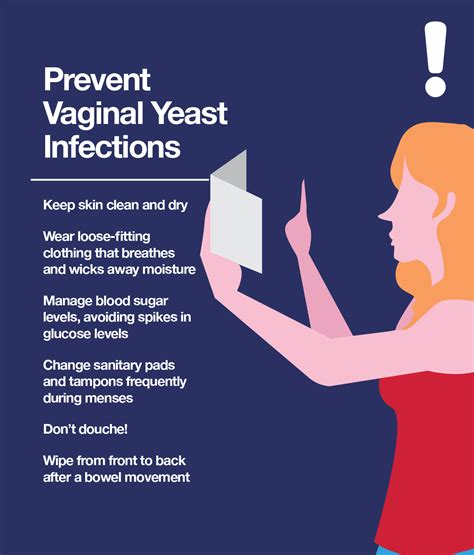
Preventing vaginal yeast infections requires a combination of good hygiene, healthy lifestyle choices, and awareness of the factors that can contribute to the development of an infection. Some ways to prevent vaginal yeast infections include:
- Practicing good hygiene, such as wiping from front to back and avoiding scented soaps and douches
- Wearing breathable clothing, such as cotton underwear
- Avoiding tight-fitting clothing, such as pantyhose and tight pants
- Changing out of wet clothing, such as swimsuits and workout clothes, as soon as possible
- Avoiding antibiotics unless absolutely necessary
- Managing stress, as high stress levels can weaken the immune system
Vaginal Yeast Infection Complications
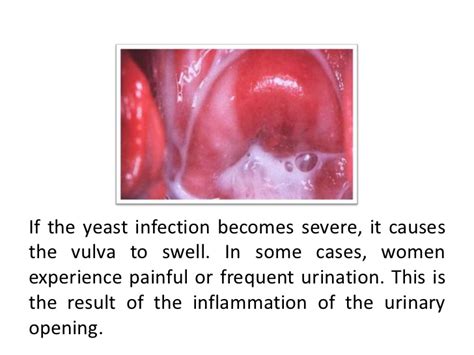
If left untreated, vaginal yeast infections can lead to more severe complications, such as:
- Recurring infections: Untreated vaginal yeast infections can lead to recurring infections, which can be more difficult to treat.
- Pelvic inflammatory disease (PID): Untreated vaginal yeast infections can increase the risk of developing PID, a serious infection of the reproductive organs.
- Infertility: Untreated vaginal yeast infections can increase the risk of infertility, as the infection can cause scarring and damage to the reproductive organs.
- Increased risk of HIV and other STIs: Untreated vaginal yeast infections can increase the risk of HIV and other STIs, as the infection can cause inflammation and increase the risk of transmission.
Vaginal Yeast Infection Diagnosis
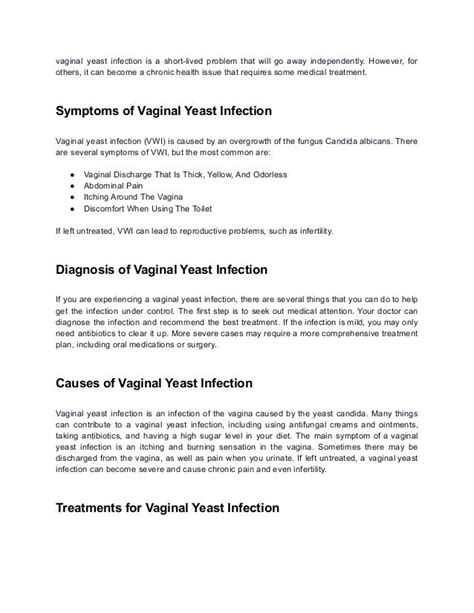
Diagnosing a vaginal yeast infection typically involves a physical exam and a review of medical history. A healthcare provider may also perform a pelvic exam to check for signs of infection, such as redness and swelling. In some cases, a healthcare provider may also take a sample of discharge to examine under a microscope or send to a lab for testing.
Vaginal Yeast Infection Home Remedies

There are several home remedies that can help to alleviate the symptoms of a vaginal yeast infection, such as:
- Applying yogurt to the affected area: Yogurt contains live cultures of Lactobacillus acidophilus, which can help to restore the balance of microorganisms in the vagina.
- Taking probiotics: Probiotics can help to restore the balance of microorganisms in the vagina and promote a healthy immune system.
- Applying tea tree oil to the affected area: Tea tree oil has antifungal properties that can help to kill yeast and alleviate symptoms.
- Wearing breathable clothing: Wearing breathable clothing, such as cotton underwear, can help to keep the area dry and prevent the growth of yeast.
What is a vaginal yeast infection?
+A vaginal yeast infection is an infection caused by an overgrowth of yeast in the vagina.
What are the symptoms of a vaginal yeast infection?
+The symptoms of a vaginal yeast infection can include itching and burning in the vagina and vulva, redness and swelling, thick, white, cottage cheese-like discharge, painful urination, and painful sex.
How is a vaginal yeast infection treated?
+A vaginal yeast infection can be treated with over-the-counter antifungal medications, such as clotrimazole and miconazole, or prescription medications.
How can I prevent a vaginal yeast infection?
+Preventing a vaginal yeast infection requires a combination of good hygiene, healthy lifestyle choices, and awareness of the factors that can contribute to the development of an infection.
What are the complications of a vaginal yeast infection?
+Untreated vaginal yeast infections can lead to more severe complications, such as recurring infections, pelvic inflammatory disease (PID), infertility, and increased risk of HIV and other STIs.
In conclusion, vaginal yeast infections are a common health issue that affects millions of women worldwide. Understanding the causes, symptoms, and treatment options for vaginal yeast infections is essential for women to take control of their health and well-being. By practicing good hygiene, making healthy lifestyle choices, and being aware of the factors that can contribute to the development of an infection, women can reduce their risk of developing a vaginal yeast infection and promote overall health and well-being. If you have any questions or concerns about vaginal yeast infections, we encourage you to comment below or share this article with a friend or family member who may be experiencing symptoms.
